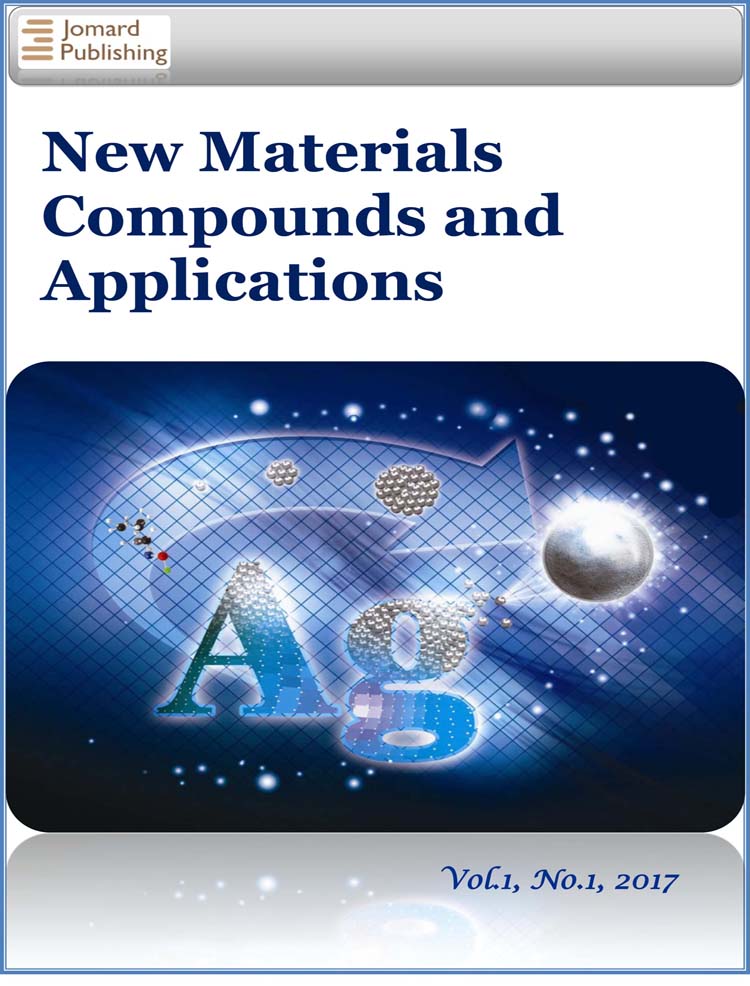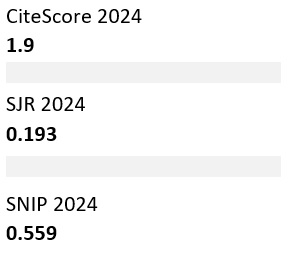Viscoelastic Characterization of Aqueous Polyacrylamide Solutions: A Comprehensive Rheological Investigation
- Published: 09-04-2025
Share
This study investigates the viscoelastic properties of aqueous solution of polyacrylamide using the Anton Paar MCR 92 Rheometer to assess its storage (G′(ω)) and loss (G′′(ω)) moduli across various frequencies. Initial findings indicate that at lower frequencies, polyacrylamide exhibits viscous behavior with minimal elasticity, attributed to the coiled state of the polymer chains. As frequency increases, the material transitions to displaying significant elastic characteristics, suggesting an uncoiling of the polymer chains. At higher frequencies, both G′(ω) and G′′(ω) rise, indicating more solid-like behavior due to molecular alignment, which reduces viscosity and enhances elasticity. The molecular mass, measured using an Ubbelohde capillary viscometer, aligned with literature values, affirming the reliability of the experimental data. Additionally, the activation energy (Eα=88.95 kJ/mol) was determined using the Time Temperature Superposition (TTS) principle and the Williams-Landel-Ferry (WLF) model, emphasizing polyacrylamide's high thermal and mechanical stability, ideal for applications requiring robust performance in dynamic environments.
- View 799
- Downloads 185
- Saveds 0
- Citations (Crossref) 0



